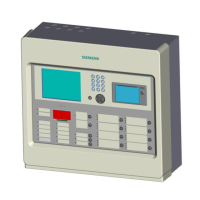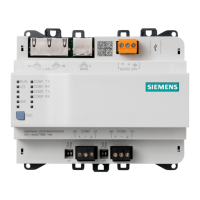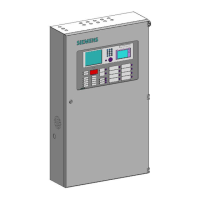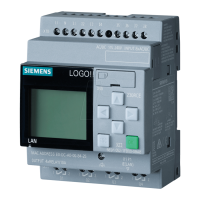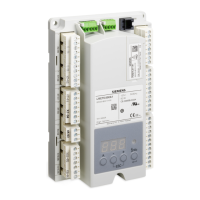in additional, you can wire a signal for direction detection to terminal B* of the relevant counter.
If your encoder does not return a corresponding signal, you can wire a corresponding ID signal
you generate within the user program, or use a corresponding process signal.
The diagram shows the time prole of the encoder signals, and the resultant count pulses
Signal A*
Signal B *
as direction
level
Up count
pulses
Down count
pulses
Up
Down
Figure 9-3 Signals of a 24-V pulse generator with direction signal
Programming the encoder inputs
The count direction is dened by programming the encoder inputs. The diagram shows a change
of the count direction based on parameter settings.
Table 9-2 Count direction determined by input parameters
Programming Terminal B* Count direction
current sourcing, push-pull not wired Up
24 V connected Down
current sinking not wired Down
Short-circuited to ground Up
Set the "24 V pulse and direction" parameter for the selected encoder.
You can not reverse the direction of these count signal by inverting the B* signal.
Note
This type of evaluation may cause the count value to "drift o" at the edges if count signal
oscillates, as all signals are added.
Encoder signals and their evaluation
9.4 24-V signals
Counter module FM 450-1
82 Equipment Manual, 03/2022, A5E03648739-AC

